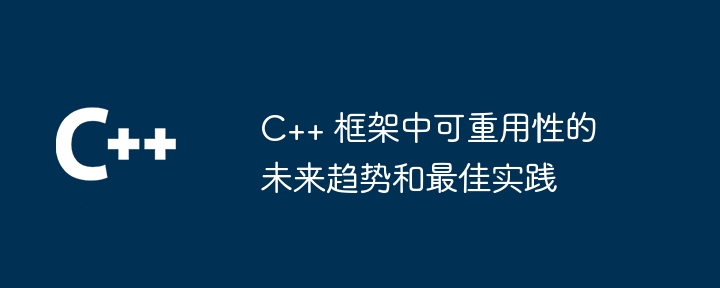给定一个整数类型的值,假设为number。任务是检查给定的数字是否可重构。如果是,打印该数字是可重构数字,否则打印不可能。
当一个数字可以被其可用因子的总数整除时,它就是可重构的。例如,数字9是可重构的,因为它有3个因子(1、3、9),而9可以被3整除,因此它是一个可重构数字。
输入 - int number = 9
输出 - 这是一个可重构数字
解释 - 当一个数字可以被其可用因子的总数整除时,它就是可重构的。我们给定了一个数字9,它是可重构的,因为它有3个因子(1、3、9)
and 9 is divisible by 3 hence its a refactorable number.Input − int number = 10
Output − It isn't a Refactorable number
Explanation − A number is refactorable when it is divisible by its total count of factors available. We are given a number 10, which isn't refactorable as it has a total number of factors i.e. 4(1, 2, 5, 10) and 10 isn’t divisible by 4 hence it is not a refactorable number
Input a variable of integer type, let’s say, number.
Pass the data to the function check_Refactorable(int number) of the bool type.
Inside the function check_Refactorable(int number)
Declare an integer type variable as count to 0.
Start loop FOR from i to 1 till i is less than sqrt(number). Inside the loop, check IF number % i = 0 then check IF number / i = i then pre increment the count by 1.
ELSE, set the count as count + 2.
Return number % count == 0
Print the result.
#include <bits/stdc++.h>
using namespace std;
bool check_Refactorable(int number){
int count = 0;
for (int i = 1; i <= sqrt(number); ++i){
if(number % i==0){
if(number / i == i){
++count;
}
else{
count += 2;
}
}
}
return number % count == 0;
}
int main(){
int number = 9;
if(check_Refactorable(number) == 1){
cout<<"It is a Refactorable number";
}
else{
cout<<"It isn't a Refactorable number";
}
return 0;
}If we run the above code it will generate the following Output
It is a Refactorable number





